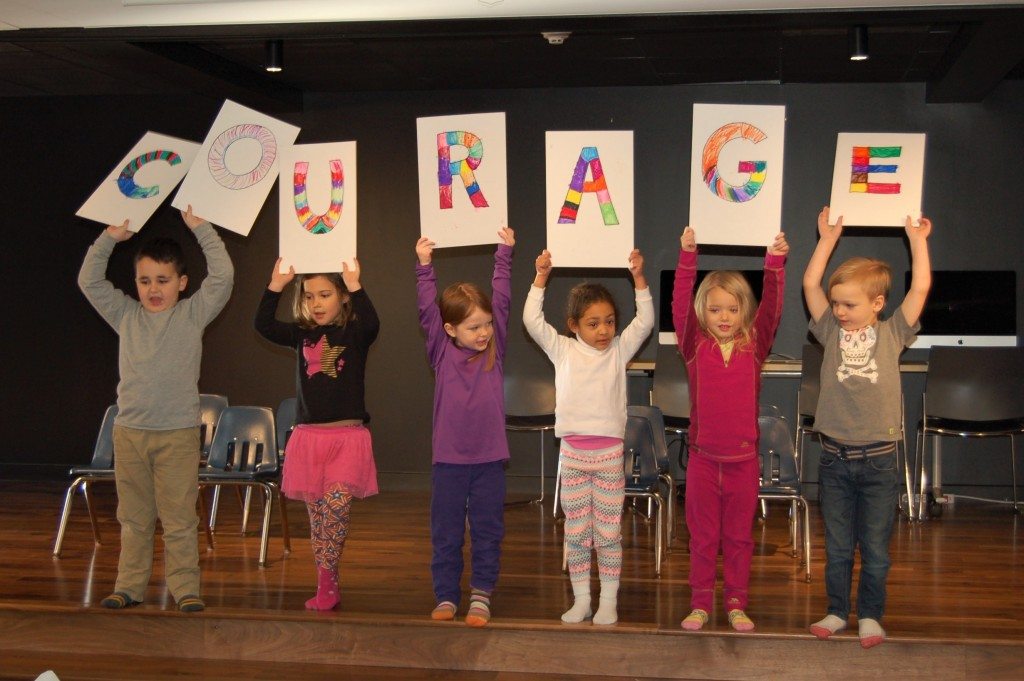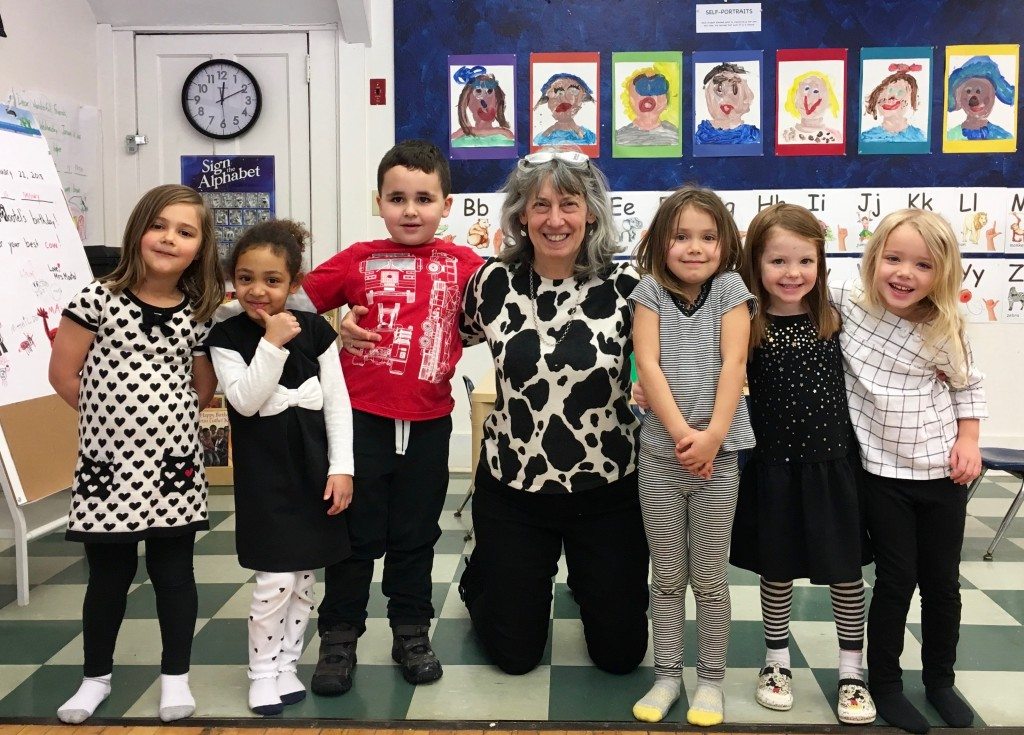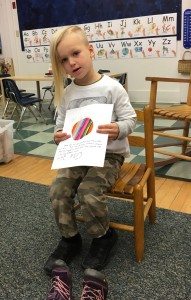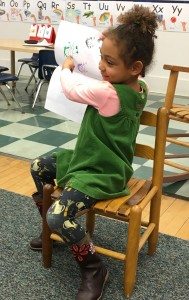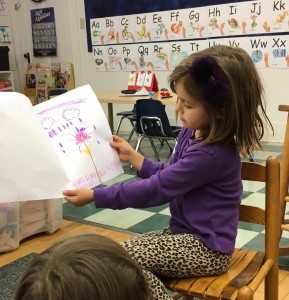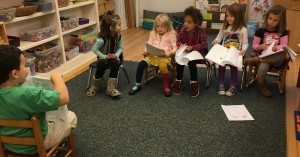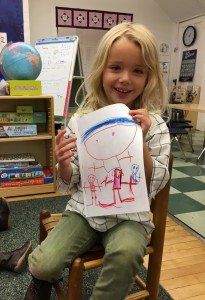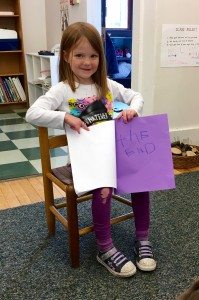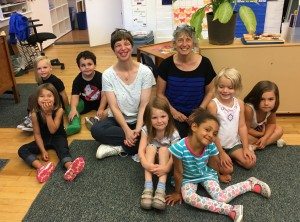C-O-U-R-A-G-E spells COURAGE!
Courage! What is it? When do you need it? Who has it? These questions have sparked lots of conversations this month. Drawing from historical examples of the lives of Dr. Martin Luther King, Jr., Ruby Bridges, and Rosa Parks, children quickly made connections to times in their own lives when they’ve had to be courageous. We discovered that, depending on the situation, courage can look differently for us. Sometimes you need it for big things, like getting a shot at the doctor’s office or learning to swim in deep water, but sometimes you need it in the smaller moments, like admitting you knocked the plant over, or saying, “I’m sorry,” when an apology would smooth things out. Today, during the PS-LS Courage Assembly, the class recited a poem that we wrote together. The photo above shows them performing these words (photo credit: Jessica Provenz):
C for Caring about all living things
O for “Oops, I’m sorry!” when a mean word stings
U for Understanding when things have been unfair
R for Righting wrongs to help the world repair
A for Always choosing to do what is right
G for Good choices like, “Be nice” and “Don’t fight”
E for Examples so everyone can see
That COURAGE makes the world a better place to be!
Based on the book Martin’s Big Words by Doreen Rapport, the children also thought about some of their own ideas to make the world a better place. These writings and drawing are hanging in the classroom. They are wise words from our little ones: “Stop fighting and get along together!” “Keep people warm!” “Help people who are hurt!” “People should stop fighting. Try to be nice to each other.” “Do not be mean to animals!” “I want people to make other people blankets.” “Say, ‘You are my best friend, and I love you.'” Now, if only they could get the world to listen….
We begin our study of BCD’s mascot, the Penguin, next week. Stay tuned – this is always an exciting unit!
Andrea
PS – Thank you all for my birthday wishes. “Mrs. Mootel” had a great day, and here’s that adorable photo, as promised! (Note their self-portraits on the wall behind them – these were also made during our study of courage, and each child individually blended their own skin tone to create their painting.)
